Death is undeniably an unpleasant thing to think about. Unfortunately, it is also an inevitable part of the circle of life, and something that we should all be prepared for.
This is especially so if your loved ones are elderly, or have medical conditions that are potentially fatal.
It is at least a small piece of mind to be had if you know you have made funeral arrangements prior to whatever event that may befall you, and are now prepared for it.
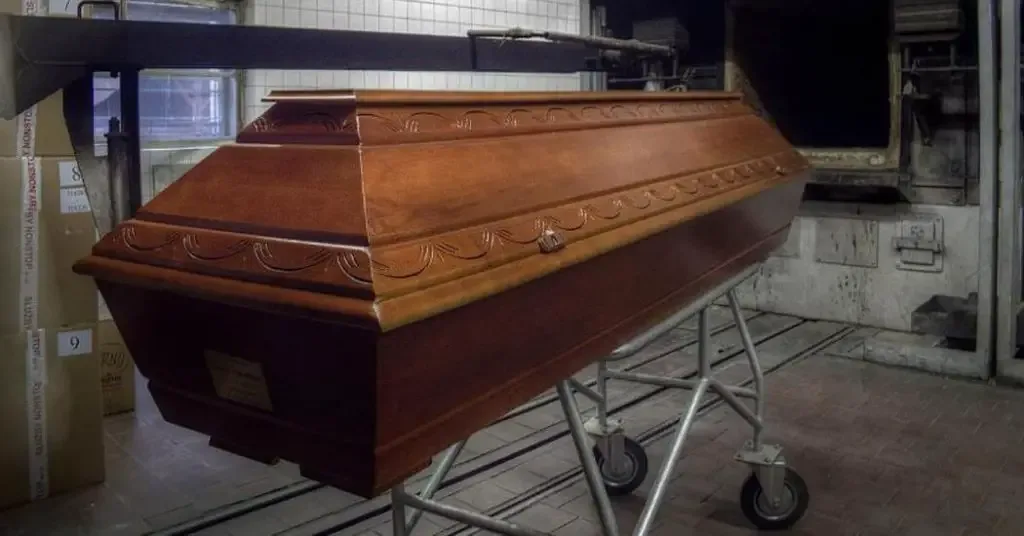
Image Credit: Jaroslav A. Polák via Wikimedia Commons
With nearly 8 billion people living together on this planet, however, you may be considering a cremation instead of a burial.
Not only is it much cheaper, it is also much more space-efficient.
For those who have struggled to part with their loved ones, it can be a form of comfort to have a tangible reminder of them in their living quarters.
Alternatively, it could just be a simple preference of yours – there is much more poetry to be found in spreading your ashes across the oceans and into the winds, for one.
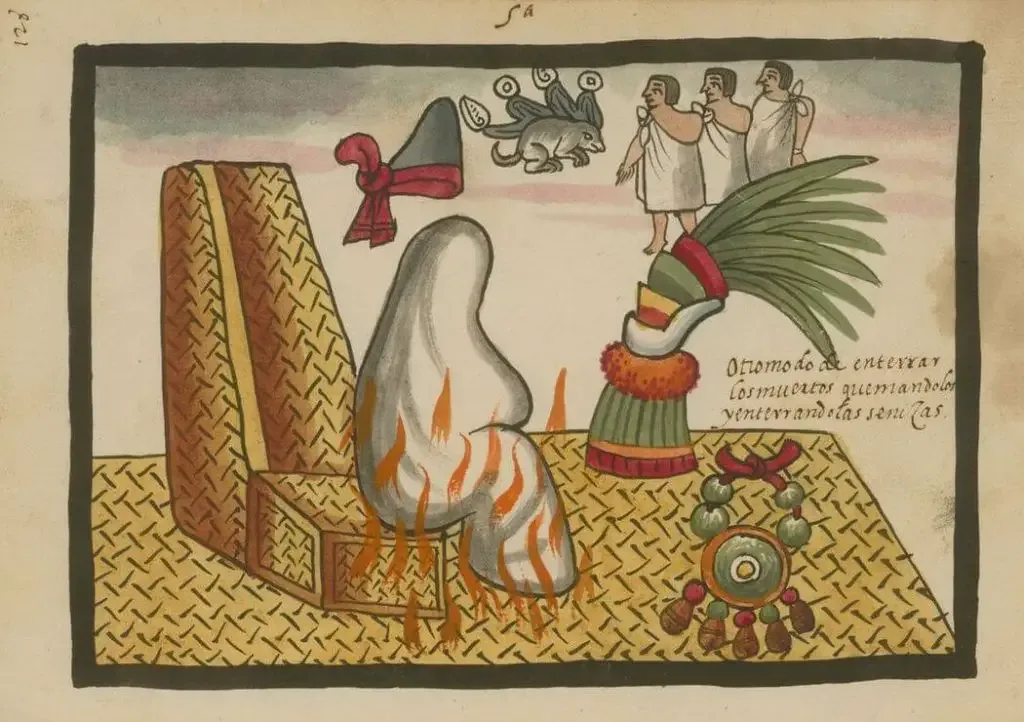
Image Credit: United States public domain / Wikimedia Commons
Whatever the case may be, you aren’t alone in your decision, both historically and presently.
Primitive forms of cremation have existed for centuries throughout the lifespan of various different cultures – for example, Ahuitzotl, the Aztec emperor, was cremated after his death.
It wasn’t until William Price’s efforts to legalize cremation (and had himself cremated as well after his death in 1893) did the process become the more organized and standardized version we see today.
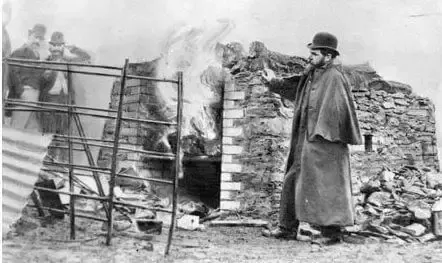
Image Credit: Public Domain / Wikimedia Commons
For those of us who are interested in just exactly what goes on behind closed doors, Bramcote Crematorium from Nottingham, England is happy to share the information!
Just read on to find out!
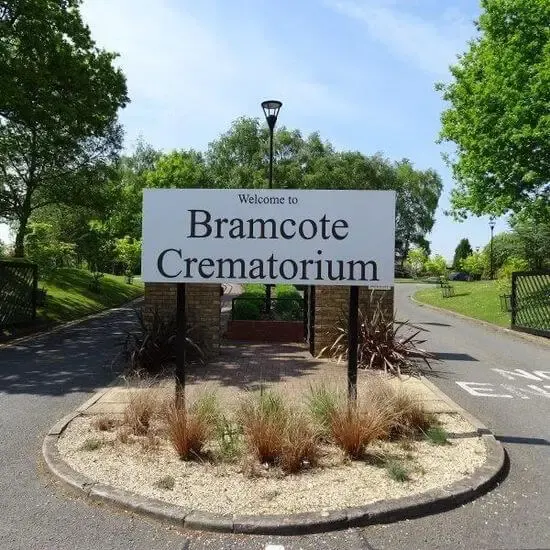
Image Credit: Bramcote Crematorium/Facebook
1. Preparing The Body
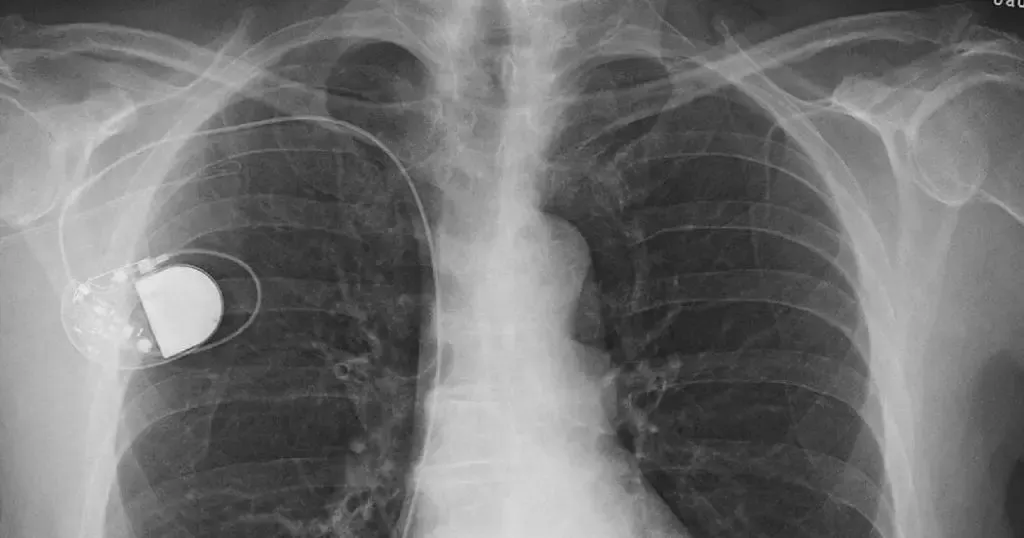
Image Credit: By Th. Zimmermann from Wikimedia Commons
According to the law, crematoriums are given up to 3 days to have whatever bodies delivered to their facilities cremated.
Bramcote, however, aims to have it done within 24 hours.
They start by double-checking that there was nothing left in the coffin with the body, then examine the body itself for a pacemaker.
This is because the medical device will explode in the furnace – an event often strong enough to lift the 44,000 pound incinerator about 7 inches into the air.
2. The Cremation Process
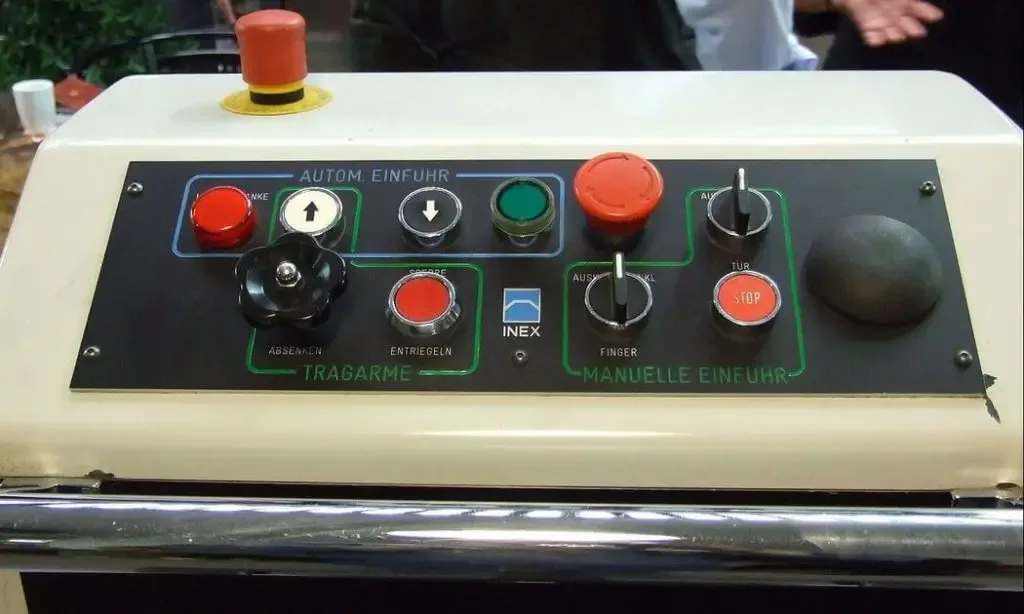
Image Credit: By Dontworry from Wikimedia Commons
You might have assumed that there is simply a single furnace for cremating the body, but in actual fact there are two!
The first uses gas-fuelled flames that raise the temperature to a range that is simply staggering – about 800 to 1,000 degrees Celsius.
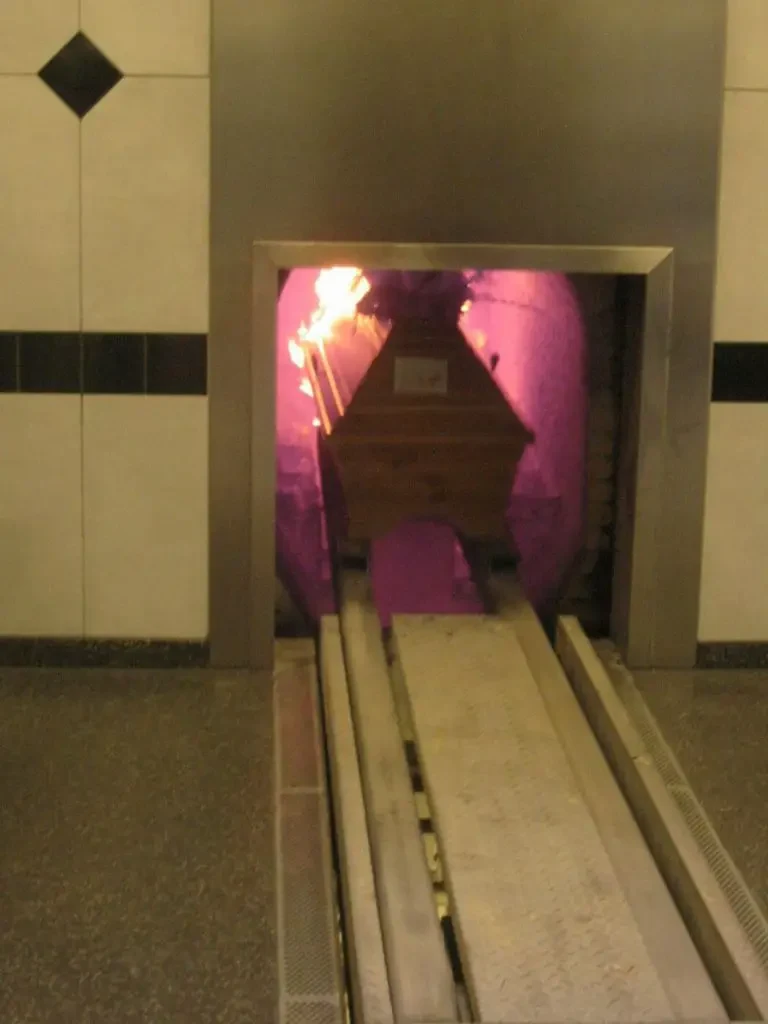
Image Credit: Katpatuka [Public domain], from Wikimedia Commons
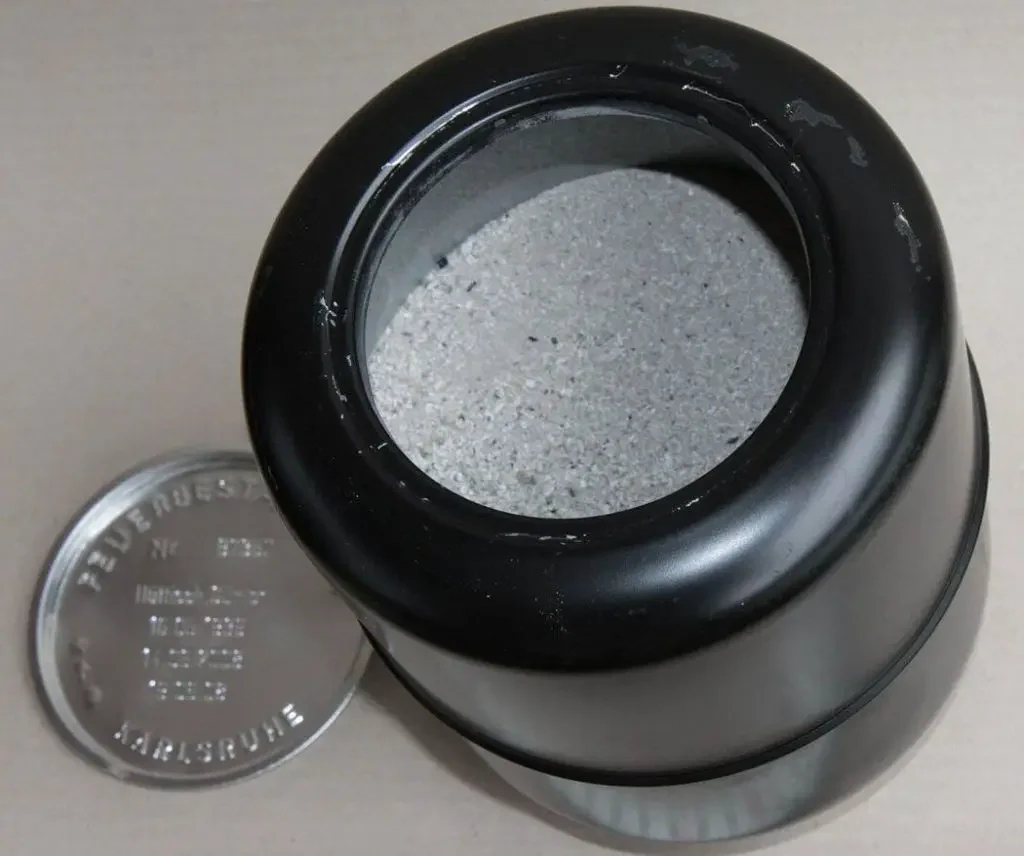
Image Credit: By Norbert Hüttisch, Karlsruhe from Wikimedia Commons
The second is meant for any individual body parts that were previously either used for an autopsy or donated to science.
These organs are usually cremated separately, before it is added to the rest.
3. The Result
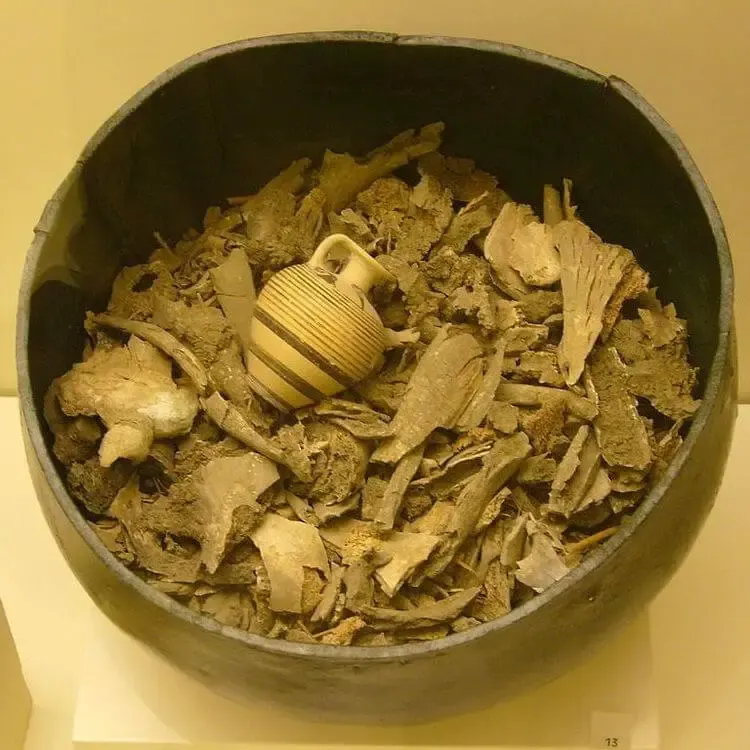
Image Credit: Nabokov at English Wikipedia from Wikimedia Commons
We’re not quite done yet!
After the remains have sufficiently cooled from the first pass through, the bone fragments are then sent for further processing.
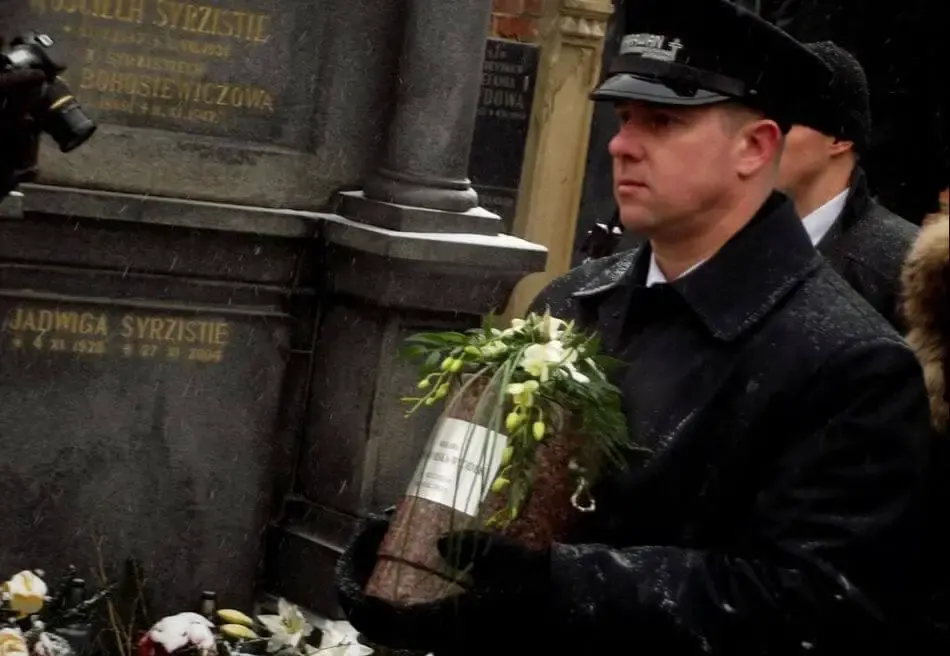
Image Credit: Piotr Drabik / Flickr
Only after that do you finally have a jar of loved one’s ashes!
